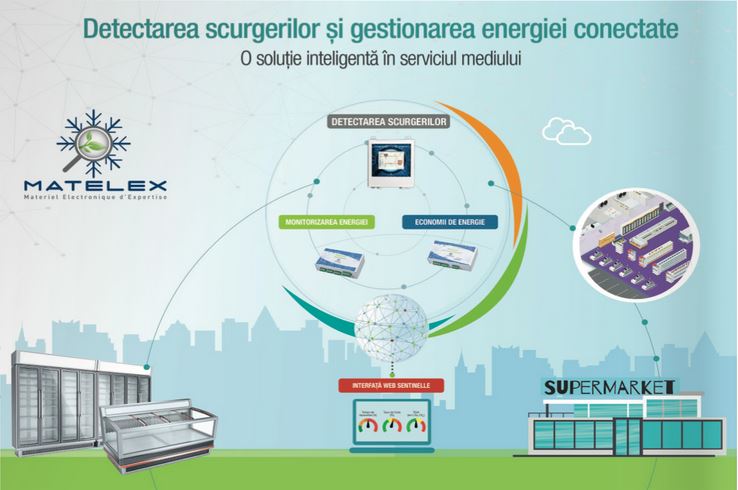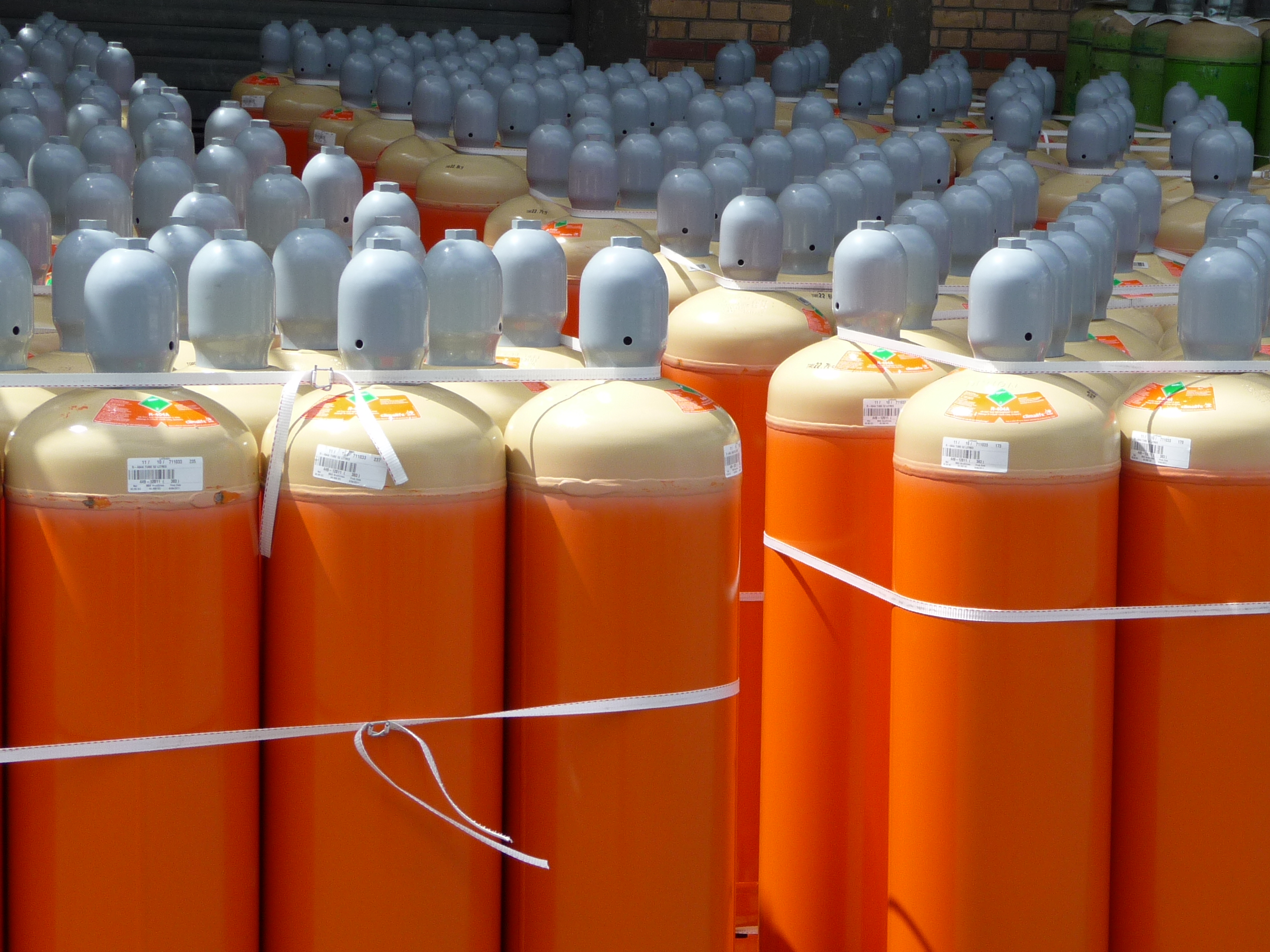
Back
CĂUTARE CU
Solution Finder
Explorați și găsiți cele mai bune produse pentru activitatea dumneavoastră
DESCOPERIȚI
Soluție în funcție de industrie
Utilizați acest instrument pentru a descoperi gamele noastre pentru procesul dvs.
Fie că este vorba de respectarea mediului, limitarea emisiilor de gaze cu efect de seră, creșterea siguranței, menținerea unei eficiențe energetice optime sau limitarea costurilor legate de pierderea agentului frigorific, interesele detectării scurgerilor sunt multiple.

Regulamentul (UE) nr. 517/2014, cunoscut sub denumirea de „F-Gas 2”, a fost adoptat la 16 aprilie 2014 cu scopul de a proteja mediul prin reducerea emisiilor de gaze cu efect de seră (GES[LH1] ) cu 80 % până la 95 % până în 2050, comparativ cu nivelurile din 1990.

Ce este Detectorul de Nivel Inteligent? Cum permite măsurarea consumului de energie şi gestionarea instalaţiilor termodinamice?

Depending on the size of system, the amount of refrigerant used to top up existing systems is between 0.5 and 20%. The absence of leaks in a circuit is critically important in a refrigeration system and each system may experience different problems depending on use. Studies have clearly shown that certain refrigerants have an impact on the ozone layer. As a result, virgin CFCs and HCFCs have been banned. Only reclaimed HCFCs can be used in Europe and this is only until 31/12/2014. Although HFCs and HFOs have a zero ODP and a lower GWP than their predecessors, a system's annual leak rate remains a major issue. Leaks not only have environmental effects, but also an economic effect on the life of a system. Leak detection is covered in the F-Gas Regulation. What may cause a refrigerant leak?